Start Learning Citrix NetScaler - Part 2- Introduction Topology
Hello Visitors
As we have the better understanding on Basic stuff and time to learn about kind of network topology can be used with NS Solutions.
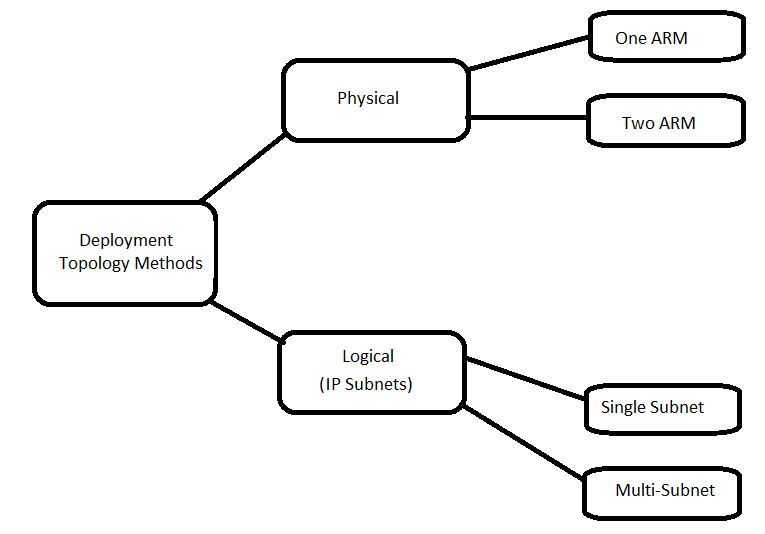
1. Physical:- its depends on network interface connected to NetScale.
One ARM: - it uses the one network interface to connect to client and Server. it has more dependency on one network interface and can cause traffic chock up depends on network connection speed settings.
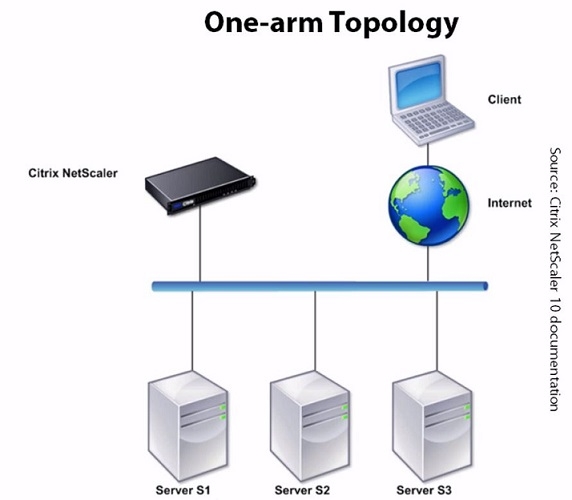
Two Arm:- 2 network interfaces are used to handle the connection.
1 network interface connects to the client and another interface connects to backend Servers. netscaler is placed between both interface connectivity. its also called as inline topology.
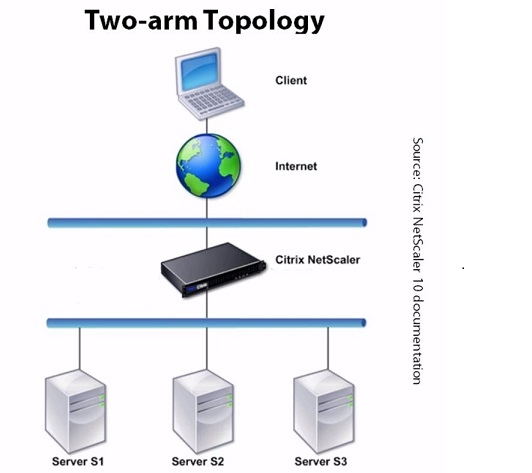
so the decision can be made between one arm and two arm based on below factors.
1. Number of the interface on NS
2. is your company policy allowed to NetScaler network to expose backend Server network and internet facing network ?
3. Two arm is more secured and used one.
4. Two arm provide more bandwidth as a separate network for both network
5. One ARM is one network bandwidth limitation.
Logical:-
Single Subnet:- Here VIP and SNIP or MIP are from the same subnet if the client can connect to VIP then it can directly connect to backend Server if there are no additional firewall rules in the middle.
Below is an example of one arm Single Subnet Topology;
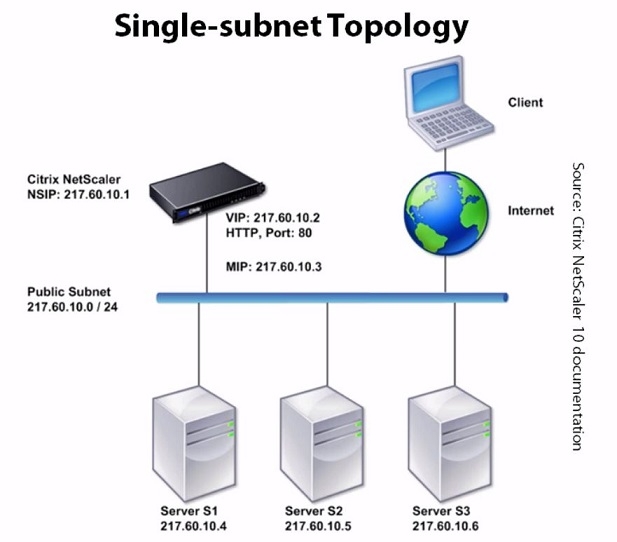
Two Arm - Single Subnet Topology - In this VIP is not used and netscaler plays a bridge role between Client and backend Server for connectivity.
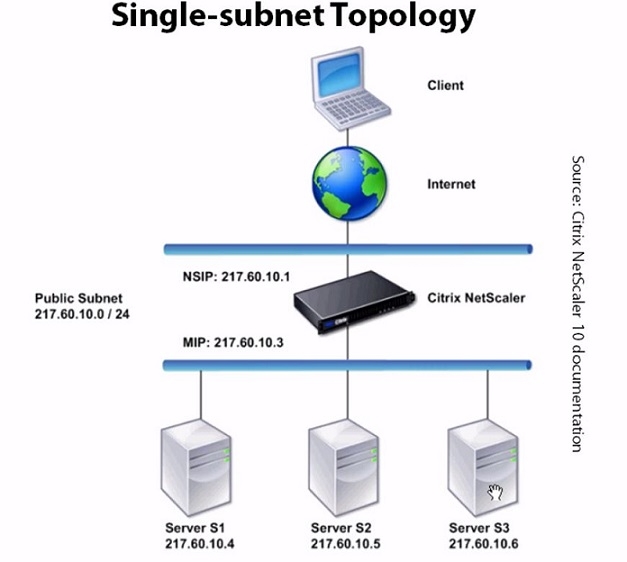
Multi-Subnet Topology:-
One Arm-Multi Subnet Topology:-
One network card is connecting to multiple subnets. Clients are connecting to VIP and SNIP is connecting to backend Server but both are from the different network and did not expose the backend Server network to client network.
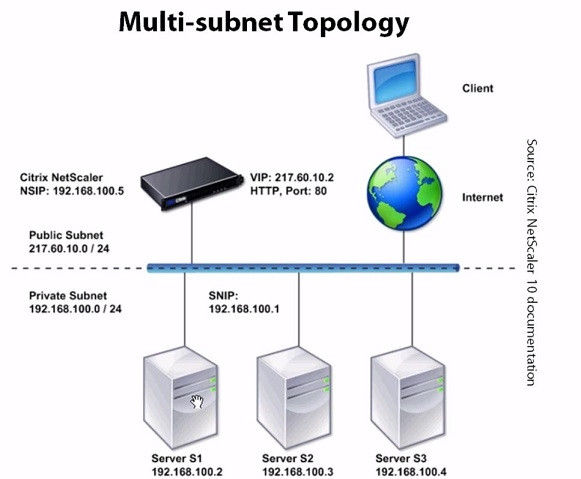
Two Arm - Multi Subnet Topology:- its mostly used Topology and more secure from the compliance point of view.
The different network interface for client and backend server connections same as two ARM but with different subnets for both interfaces.
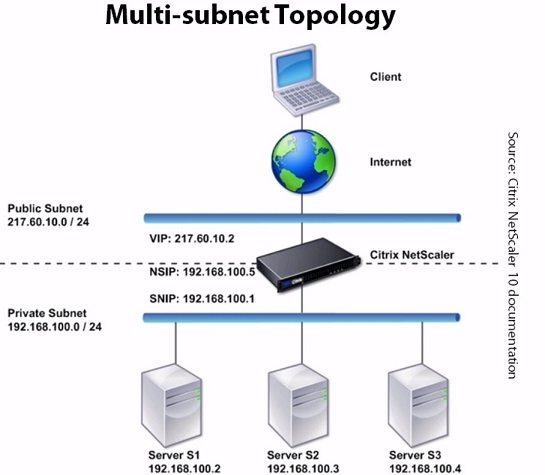
So it's up to your environment and ip network design to choose which topology best fit for your organization.
Thanks
Amit Kumar Gupta
CCA in XenApp/XenDesktop/XenServer,Google Cloud Architect, MCSE, ITIL, Vmware Certified.
https://www.linkedin.com/in/amit-kumar-gupta-5321a527/

